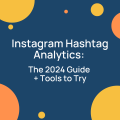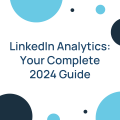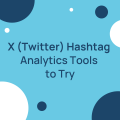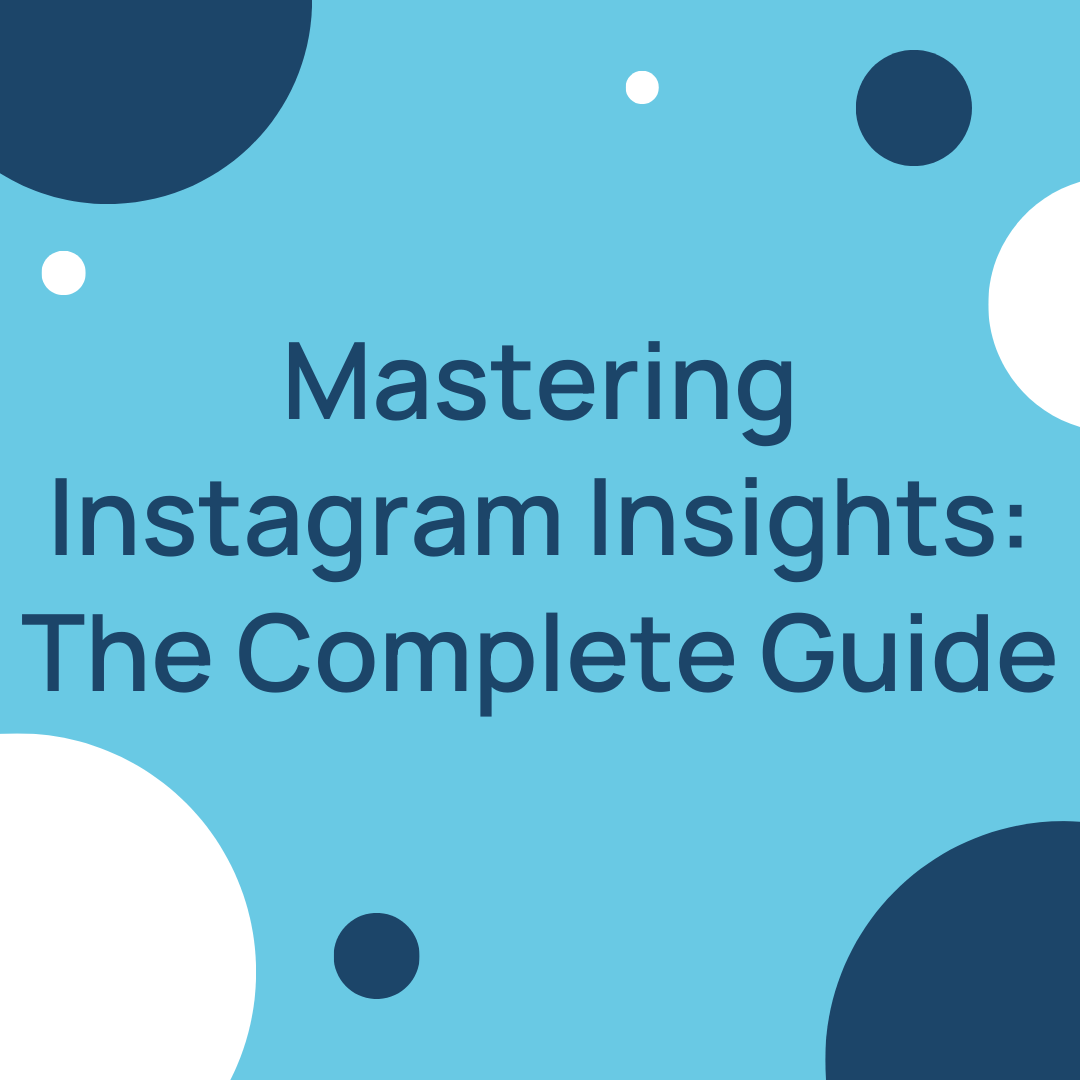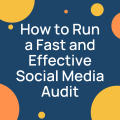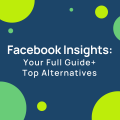How To Convert Your Instagram Engagement Into Sales
Ivan Ivanov posted on 22 August 2017
All social media platforms share similar traits. Much like Twitter is a platform to easily reach your brand followers, Facebook is a potent way to interact with your audience. And while Instagram likes and comments are often compared to the same post actions on other platforms, the photo sharing network is quite different.
Ever since its conception, Instagram has stood out with its direct focus on visual media. The platform wants to retain your attention through visual engagement. Of course, you can post comments and write a description of your photo and include many hashtags. Yet, with links it’s a different story.
The first action Instagram took towards outside link integration was the introduction of this feature to advertised carousels. Earlier this year, the platform also started rolling out the feature to the masses through Stories.
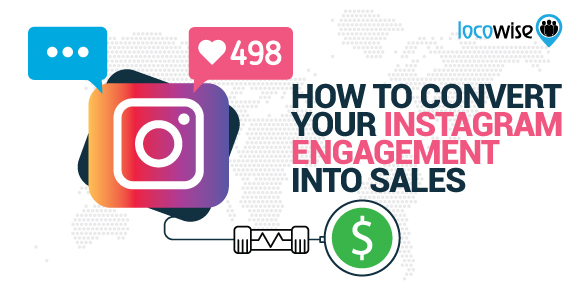
Due to the direct approach towards visual stimuli, converting your Instagram engagement towards actual sales is still a difficult process.
The Diversion Between Inbound Marketing and Direct Visual Advertisements
One great way to picture the idea of Instagram ER conversion is to compare it to TV. Before the Internet was around, broadcast advertisement was the one and only choice of marketers. Including a short promotional video with a call-to-action during the run of a popular TV series or a show was the best method to get your brand noticed.
The promotion itself was for the most part simple in its structure. As they could only grab the attention of people for a few seconds, advertisers usually went for the inclusion of as much information as possible, skew it a bit through an entertainment prism, and command people directly or indirectly to go and buy the product/service.
This is easy to do on websites and other social media platforms. Even though your inbound marketing strategy should still be in place when doing SMM, a quick post to help your audience be aware of what you are selling won’t harm your engagement. On Facebook, it might even do the opposite.
Instagram is not a place to Advertise
On Instagram, doing such a post is close to impossible. Direct product advertisements are often neglected by the majority of the audience. After all, people join the platform to see something different, new and visually exciting. They don’t want to be blasted with direct ads.
This can be noticed from the comparison of two major accessory brands, RayBan and Rolex, and their performance on the platform.
While having creative and successful posts, the majority of images and videos posted on Instagram by RayBan are usually direct promotion. They have rather low ER performance and at times harm the growth of the brand account overall.
https://www.instagram.com/rayban/
Compared to the 3.4m followers of RayBan, Rolex has almost twice as much. Nevertheless, while the 5.1m followers are just double those of RayBan, you can easily see that their ER performance on almost all posts is at times more than ten times the one we see on RayBan.
https://www.instagram.com/rolex/
This is primarily due to the fact that instead of directly promoting their accessory as an ad, Rolex takes the time to share the story of their brand and product and put the spotlight on people who wear their accessories.
Think of Social Media Advertising as Product Placement within a Story
Going further with the TV comparison, you can think of Instagram sales conversion as product placement within a story. The profile you have on the photo sharing platform is there for you to express your brand. This is usually done through a strategy based around content that fits your brand persona. But at its core, the social media management you do on Instagram should revolve around the story and emotion that are captured within your brand.
While not exactly a perfect example, the difference can easily be seen by comparing two major beer brands in Europe. Heineken has 229K followers, while Stella Artois currently has only a mere 100K followers.
https://www.instagram.com/heineken/
Nevertheless, what Heineken does is they usually share content throughout all of their social media profiles on different platforms. Instead of focusing directly on Instagram, Heineken usually posts videos from their TV and Internet ads and the visual content they share as a whole gives out more of a direct advertisement vibe than anything else.
https://www.instagram.com/stellaartois/
On the other hand, Stella Artois knows its brand personality. Their Instagram is filled with stories. By taking a look at their most recent posts, you will see people from all walks of life and different cultures drinking their beer.
You will see the beer travelling around the world and even artistic photos that hint of the brewing process. Yes, there are still some posts that are direct ads, but they are not so prominent as with Heineken.
And the strategy has a huge difference on the engagement and the success of the posts of Stella Artois. Despite currently having half of the followers of Heineken, Stella Artois receives twice the engagement on most of their posts in comparison and sometimes even more.

Direct Instagram Engagement to Sales Conversion Strategies also Exist and Work!
Direct advertisements on Instagram don’t have much success due to the nature of the platform. However, that doesn’t mean that direct Instagram engagement to sales conversion strategies don’t work. In fact, brands from different industries are implementing similar takes on product sales conversion with much success.
Usually, this is done by retaining the focus of the personality of your brand while also directly depicting your product in a light that it is meant to be used and seen. Now, this closely resembles a product placement strategy but it is quite different.
In a product placement-esque Instagram SMM strategy, you will usually have your product in the background of your story. For example, on most Stella Artois posts, the group drinking the beer is the focus and not the beer itself.
What some other brands are doing is putting their product in the spotlight in the light it is meant to be seen. They are creating a story and a brand personality around the selling of the product itself much like you do with a physical store location.
H&M is a great example of this strategy. One of the biggest fashion and clothing brands on the platform, H&M uses Instagram primarily as a means to an end. Their photos are artistic, but feature their clothing lines in the spotlight and as links are not allowed, they usually include the product numbers or the product names in the description of their photos.
https://www.instagram.com/staples/
Of course, this type of strategy works within other industries as well. Staples is a great example of how you can translate a physical store vibe to Instagram with the purpose of increasing sales.
Nevertheless, it should be noted that this strategy primarily works for business and brands that are in the sales business. Store brands have an advantage of an awareness within the audience for the purpose of the brand. They promote products and sell them. When attempting this strategy for a single product or a product line that is specific to your brand, be cautious.
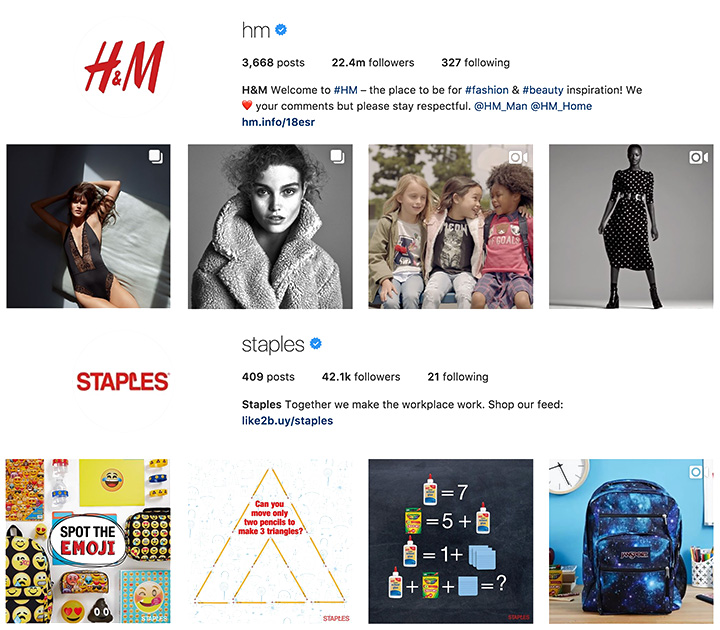
What is true for Products is true for Services
Translating the Instagram engagement into actual sales works the same way for services. While selling a service is far more difficult than selling a physical product, it does have some benefits. For example, if you are selling a service as a professional, you’d be able to increase your credibility through your Instagram account.
Software services are also plausible as long as you proceed with a certain level of awareness. Most software brands end up using Instagram to share their teams, offices and related matters. While this is great for the humanizing of your brand, missing out on building the personality of the service itself can harm your engagement.
https://www.instagram.com/onedrive/
https://www.instagram.com/dropbox/
Two of the biggest software storage brands, One Drive and Dropbox, are great examples of how NOT to use Instagram. They are all over the place, lack consistency and there is no cohesion between their posts.
Yet, if they rather went for posts that shape their brand personality and added a few Instagram engagement to sales strategies, their success on the platform might be different.
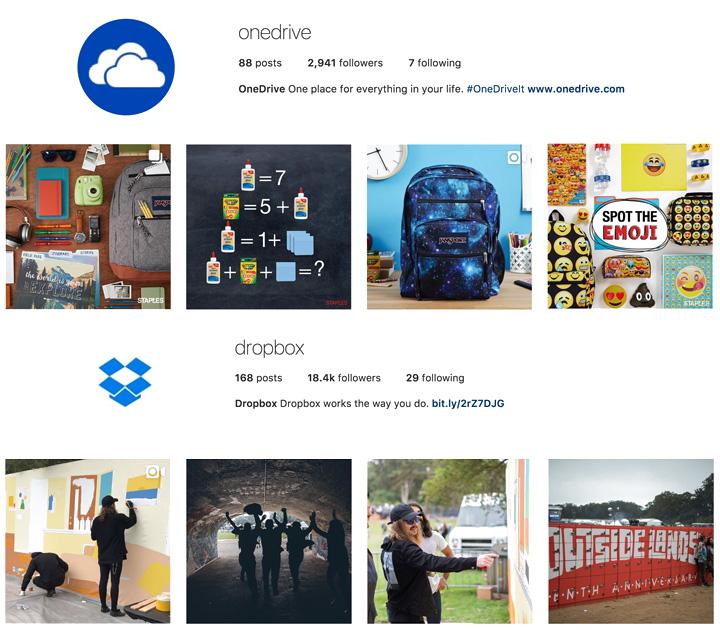
Fancy that informed approach for your clients? Try Locowise for free for seven days. Then you’ll see how having information is the one sure-fire way to happy clients and real ROI.


